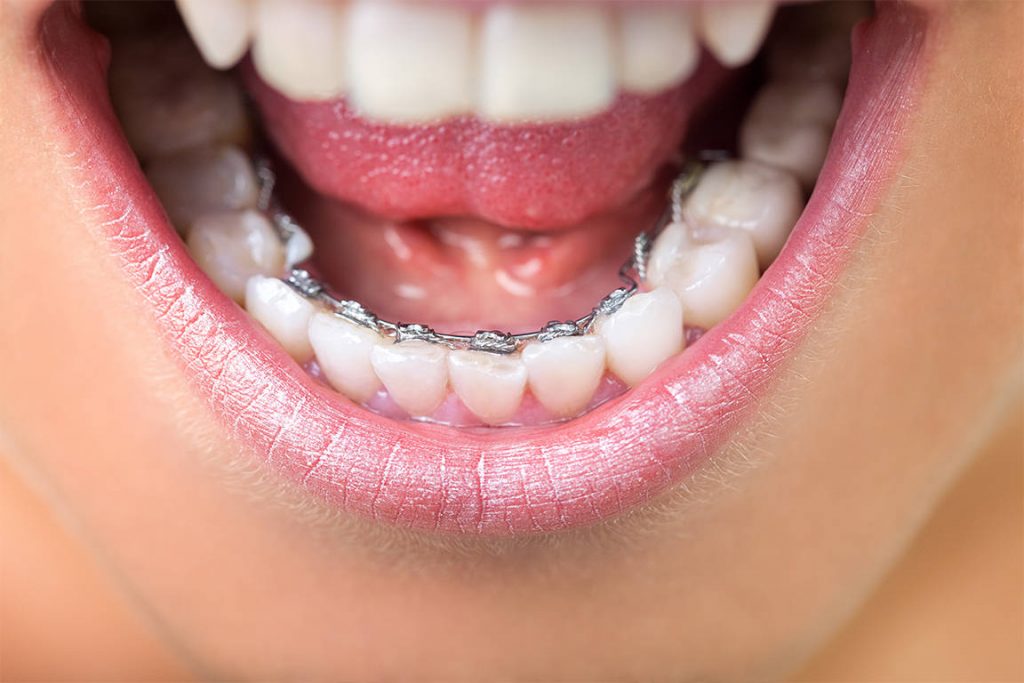Is There Other Terminology Used For Lingual Braces?

You’re already familiar with the traditional metal braces that an orthodontist will fix to the front of your teeth. However, lingual braces are different in that a specialist orthodontist will place the brackets on the back of the teeth, making them almost invisible. This is an attractive option for many adult or image conscious patients.
Not all orthodontists offer this treatment as it requires specialised knowledge and training.
Lingual braces have several other names, too. Lingual braces might also be known as internal braces, inside braces, invisible braces and hidden braces. But essentially, they are all the same.
If you have ever heard of hidden braces, then it’s important to know that this terminology refers to lingual braces. In fact, this is one of the most invisible braces options available. These hidden braces may be used to treat a wide range of orthodontic issues, from mild to severe.
The treatment process is certainly less noticeable when compared with traditional braces. Internal braces successfully bring together the effectiveness of traditional braces with the aesthetic quality of hidden treatment for a more discreet option.
Lingual braces also go by the term “incognito hidden braces”. The treatment is especially popular among adults who require orthodontic treatment. They may need orthodontic help to improve their smile and straighten their teeth but do not want the braces to be visible. Especially when speaking and smiling in professional situations.
Why Choose Lingual Braces?
Overall, lingual braces – or inside braces, internal braces, hidden braces, invisible braces, behind braces, whatever terminology you like to use – are an excellent solution for patients who are conscious of their smile and don’t want others to see the braces. The brackets are completely customized, and a specialised procedure is required to apply them to the back of the teeth. While the braces may irritate the cheeks and tongue at first, the results are well worth the week or two of discomfort as you adjust to the braces behind the teeth.
To discuss whether hidden braces are right for you, book an appointment with Dr Geoffrey Wexler Orthodontist in Frankston or Toorak.

